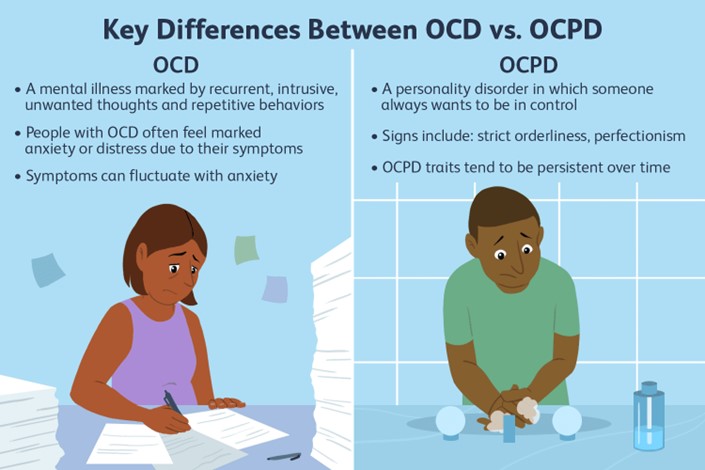A 16-year-old client is asking the practical nurse (PN) what can be done about acne. Which recommendation should the PN provide?
Omit chocolate, carbonated drinks, and fried foods from the diet.
Refer to the dermatologist for prescribed long-term therapy.
Express blackheads and follow with an exfoliating scrub.
Express blackheads and follow with an exfoliating scrub.
The Correct Answer is B
The correct answer is Choice B. Refer to the dermatologist for prescribed long-term therapy. Choice A rationale:
Omitting specific foods like chocolate, carbonated drinks, and fried foods from the diet is a common misconception about acne management. While a healthy diet can contribute to overall skin health, there is no direct evidence to support the notion that avoiding these foods alone will effectively treat acne. Acne is a complex skin condition influenced by various factors, including hormonal imbalances and genetics.
Choice B rationale:
Referring the client to a dermatologist for prescribed long-term therapy is the most appropriate recommendation for managing acne. Dermatologists are medical professionals specialized in skin conditions and can provide personalized treatment plans based on the client's specific type and severity of acne. They may prescribe topical or oral medications, such as retinoids, antibiotics, or hormonal therapy, to effectively manage acne.
Choice C rationale:
Expressing blackheads and using an exfoliating scrub is not a recommended approach for managing acne. Manual extraction of blackheads can lead to skin irritation, infection, and scarring. Exfoliating scrubs can also cause damage to the skin, especially if used too frequently or if the acne is inflamed.
Choice D rationale:
Washing the hair and skin daily with mild soap and warm water is a general hygiene recommendation and may help to keep the skin clean, but it is not a specific and effective treatment for acne. Acne requires targeted therapies to address its underlying causes and manage its symptoms.
Nursing Test Bank
Naxlex Comprehensive Predictor Exams
Related Questions
Correct Answer is ["C"]
Explanation
The correct answer is choice C. Initiation of changes in infection control measures.
Choice A rationale:
Limiting the client’s fluid intake to avoid hemodilution is not relevant to managing a decreased ANC. Hemodilution is not a concern in this context, and fluid intake should generally be maintained to support overall health.
Choice B rationale:
Avoiding exposure to cold temperatures is not directly related to managing a decreased ANC. While keeping the client comfortable is important, it does not address the increased risk of infection associated with neutropenia.
Choice C rationale:
Initiation of changes in infection control measures is crucial when a client’s ANC decreases. Neutropenia increases the risk of infections, so enhanced infection control practices, such as strict hand hygiene, use of protective isolation, and monitoring for signs of infection, are essential to protect the client.
Choice D rationale:
Increasing the client’s dietary servings of fruits and vegetables is generally beneficial for overall health but does not specifically address the immediate risks associated with a decreased ANC. In fact, certain fresh fruits and vegetables might need to be avoided if they pose a risk of introducing pathogens.
Correct Answer is C
Explanation
This is the most important information for the PN to ask because it assesses the client's risk for self-harm and suicidal ideation. The client's statements indicate hopelessness, low self-esteem, and impaired functioning, which are potential warning signs of suicide. The PN should ask the client directly about any thoughts or plans of harming themselves and provide support and safety measures as needed.

A. Questioning about which rituals are most often used to reduce anxiety is not a priority and may reinforce the client's compulsive behavior.
B. Asking if the obsessions and compulsions interfere with sleep is not a priority and may not address the client's emotional distress.
D. Determining what makes the client think people are laughing is not a priority and may not be helpful for the client's perception of reality.
Whether you are a student looking to ace your exams or a practicing nurse seeking to enhance your expertise , our nursing education contents will empower you with the confidence and competence to make a difference in the lives of patients and become a respected leader in the healthcare field.
Visit Naxlex, invest in your future and unlock endless possibilities with our unparalleled nursing education contents today
Report Wrong Answer on the Current Question
Do you disagree with the answer? If yes, what is your expected answer? Explain.
Kindly be descriptive with the issue you are facing.
